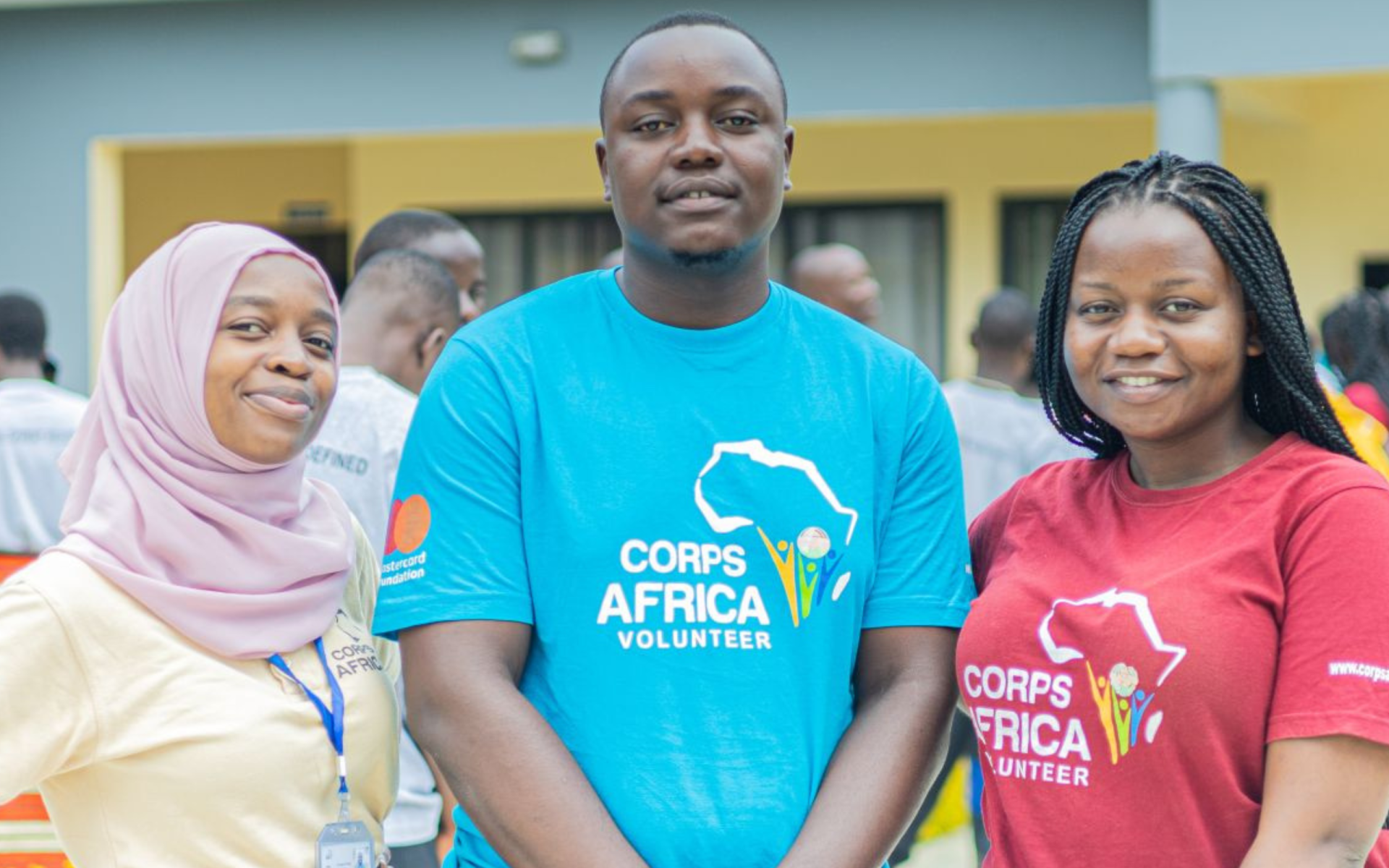As a member of my community, I have observed numerous construction projects that are no longer sustainable and have fallen into disuse. This has caused me to feel concerned, and I can imagine how frustrating it must be for the community members who rely on these projects. To understand the situation better, I organized a community shadowing event where I could see these projects firsthand. Fortunately, the Group Village Head was kind enough to show me around several community projects, and I was able to learn a lot.
During the tour, I saw a water project that used solar energy to extract water from the ground. However, the equipment was no longer operational, and I was curious to know why. The Group Village Head explained that the organization that installed the equipment was informed that the area was too saline to extract water from. Nevertheless, they insisted that with time the water quality would improve as the community used it. Unfortunately, this never happened, and the water was not suitable for any purposes including irrigation, drinking, washing clothes, or cooking. The community had no choice but to abandon the solar plant, leaving them without a reliable source of water.
I also saw a site where the paramount chief had planned to build a clinic for the community. Sadly, the project never advanced beyond the foundation stage because the community members were unhappy with its location. The chief wanted the clinic to be within his homeyard, which caused some discord among the community members. Additionally, I saw a site where an organization had planted a borehole to address water scarcity in the community. While the community members suggested where the borehole should be located, the organization insisted on placing it in an unsuitable location. Consequently, the borehole went unused, and the community’s water needs went unmet.
Through these experiences, I learned the importance of putting people at the center of any development project. During the implementation of CorpsAfrica’s sector-specific initiatives, I made it a priority to involve the community in every decision that impacted them. During the tree planting exercise, for example, I worked with the forestry committee on a positive deviance approach to identify which trees to plant in certain households. One family planted a guava tree, and it is the only family in the entire community with a fruit tree. The community expressed interest in planting guava trees in their compounds as well, so we distributed over 250 guava fruit trees. The families are taking excellent care of the trees, and most of them have fenced the trees to protect them from animals. They water the trees daily, and seeing how much they value them is gratifying.
I am grateful for these experiences, and they have taught me the importance of involving community members in decision-making processes. It is essential to listen to their input and to ensure that the projects we undertake are sustainable and beneficial to them.
Empowering youth to participate in decision-making processes is a crucial aspect of the CorpsAfrica volunteer program. Through this initiative, young individuals are allowed to contribute their ideas and insights towards the handling of CorpsAfrica-specific sector initiatives.

